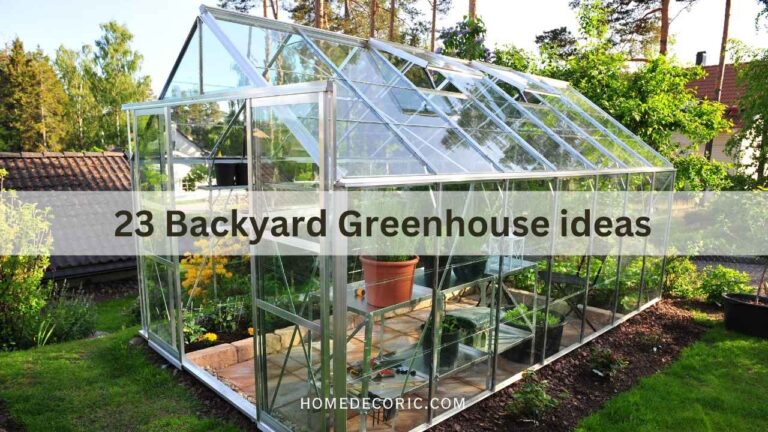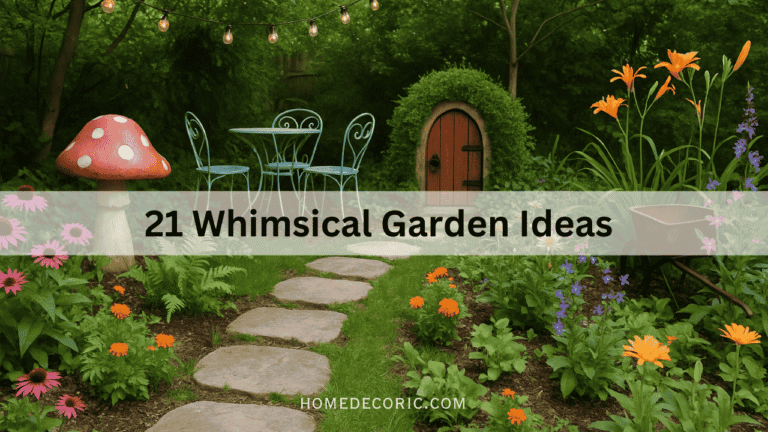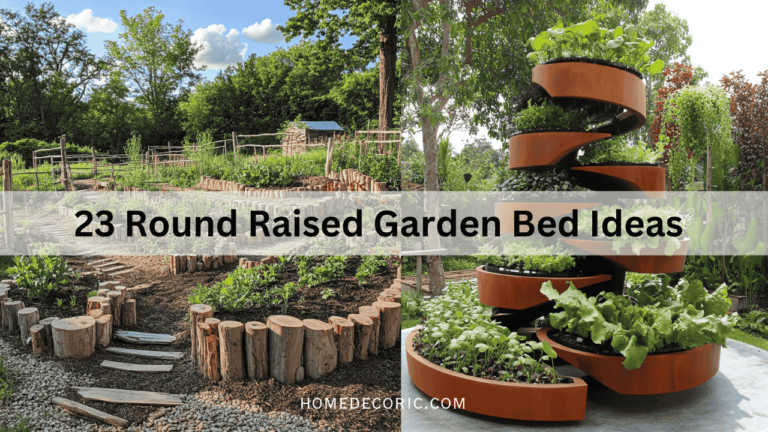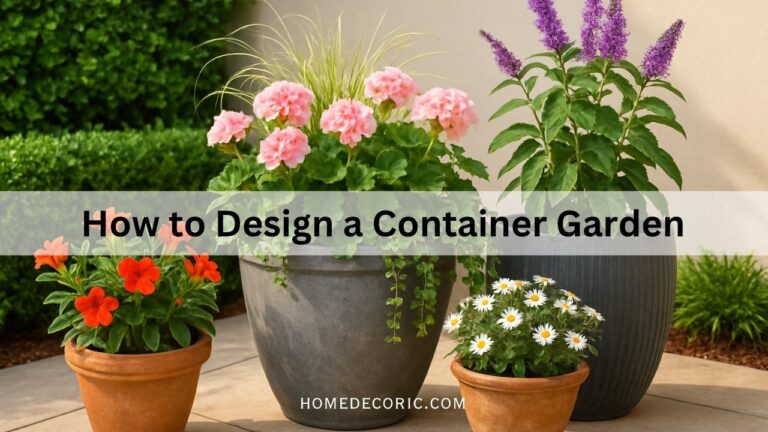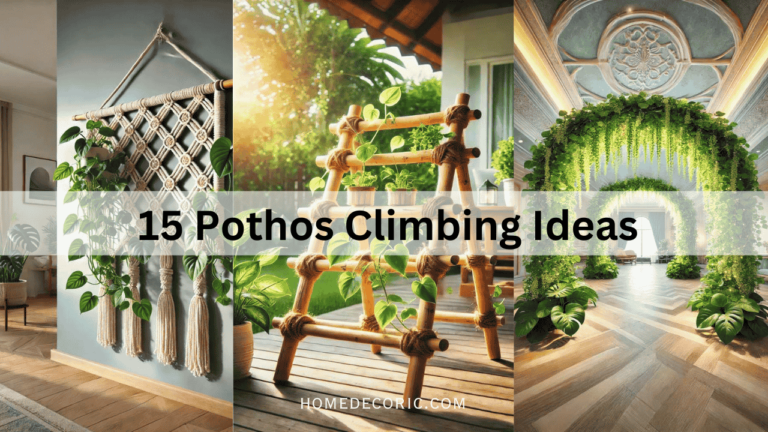15 Common Landscape Design Mistakes and How to Avoid Them
Are you making landscape design mistakes without realizing it? Whether starting from scratch or updating an existing yard, even the most well-intentioned outdoor projects can fail due to minor but costly missteps.
From awkward layouts to poor plant choices, these common landscape design mistakes can affect not only the appearance of your yard but also its usability, maintenance needs, and long-term value. The good news is that most of these mistakes are entirely avoidable with foresight and thoughtful planning.
This guide breaks down 15 of the most common landscape design mistakes and offers practical, professional tips to help you get it right the first time.
1. Skipping a Master Plan
Designing a landscape without a plan is like building a house without a foundation. Many homeowners start planting or hardscaping without considering how all the elements will come together.
Avoid it:
Start with a bird’ s-eye view of your yard. Define key zones such as seating areas, gardens, paths, or utility spaces and visualize how you’ll move between them. A well-thought-out layout prevents wasted space and uncoordinated design.

2. Overusing Hardscapes to Reduce Maintenance
While filling your yard with concrete or pavers to reduce upkeep is tempting, it can make your outdoor space feel cold and lifeless and reduce its natural appeal.
Avoid it:
Instead of eliminating plant life, choose low-maintenance greenery that complements your environment. Native grasses, ground covers, and perennial shrubs offer softness and seasonal variety without excessive work.

3. Overlooking Soil Health
Neglecting what’s beneath the surface is one of the most overlooked common landscape design mistakes. Poor soil leads to weak plant growth, increased Maintenance, and ongoing frustration.
Avoid it:
Test your soil before planting and amend it with organic compost if needed. Healthy soil improves drainage, supports root systems, and reduces the need for constant fertilization or replanting.

4. Compromising Quality for Budget
Cutting costs might seem bright initially, but low-quality materials and rushed decisions often result in expensive repairs or complete overhauls later on.
Avoid it:
Invest in quality soil, durable materials, and expert planning. If your budget is tight, tackle your landscape in well-thought-out phases rather than settling for inferior materials or design compromises.

5. Choosing the Wrong Scale
A small patio or narrow path might seem like a space-saving choice, but it can disrupt the balance of your entire landscape. Likewise, oversized elements can overwhelm small yards.
Avoid it:
Design with scale in mind. Elements like pergolas, decks, and fire pits should align proportionally with your home’s size and your yard’s layout. Bigger isn’t always better, but neither is tiny.

6. Using Too Many Materials or Plant Varieties
Mismatched pavers, clashing finishes, or a dozen different plant types can create visual chaos, one of the most common mistakes in residential landscaping.
Avoid it:
Stick to a cohesive palette. Choose 2–3 hardscape materials that complement each other, and focus your plant selections around texture and repetition for a cleaner, more intentional look.

7. Hanging Onto Outdated Elements
Old patios, outdated fountains, or plants that don’t match the new style can drag down your entire design.
Avoid it:
Take an honest inventory of what’s worth keeping. Unless a feature has architectural or emotional significance and can be seamlessly integrated, it’s often better to start fresh.

8. Failing to Create Year-round Interest
A landscape that shines in one season but looks barren the rest of the year lacks balance and visual engagement.
Avoid it:
Choose a combination of evergreen plants, flowering perennials, and deciduous shrubs that stagger their visual peak throughout the seasons. For off-season beauty, incorporate winter-friendly structures like ornamental grasses and evergreens.

9. Choosing Plants Unsuitable for the Local Climate
One of the most common landscape design mistakes is falling in love with plants that won’t thrive in your region’s sun, soil, or rainfall conditions.
Avoid it:
Research your climate zone and pick plants that match your location. Native and adaptive species typically require less water and care and are better for local wildlife.

10. Ignoring Boundaries, Easements, and Local Codes
Building too close to a property line or over a utility easement can create legal headaches and unexpected costs.
Avoid it:
Before you dig or build, check with your local planning office or HOA. Know where your property ends, and identify any underground utilities or access zones that need to remain open.

11. Designing Everything for One Viewpoint
A flat, open yard is the best way to showcase your space, but it can also make your landscape feel smaller and less inviting.
Avoid it:
Design layered views to create depth. Add focal points like water features or sculpture, and consider how garden paths and screens can lead the eye or invite exploration.

12. Relying Too Heavily on Flowers
While flowers bring color and fragrance, they often have short blooming seasons, leaving bare patches or a messy look in the off-season.
Avoid it:
Balance flowering plants with evergreens, interesting foliage, and texture-rich perennials. Use flowers as accents, not the foundation of your entire design.
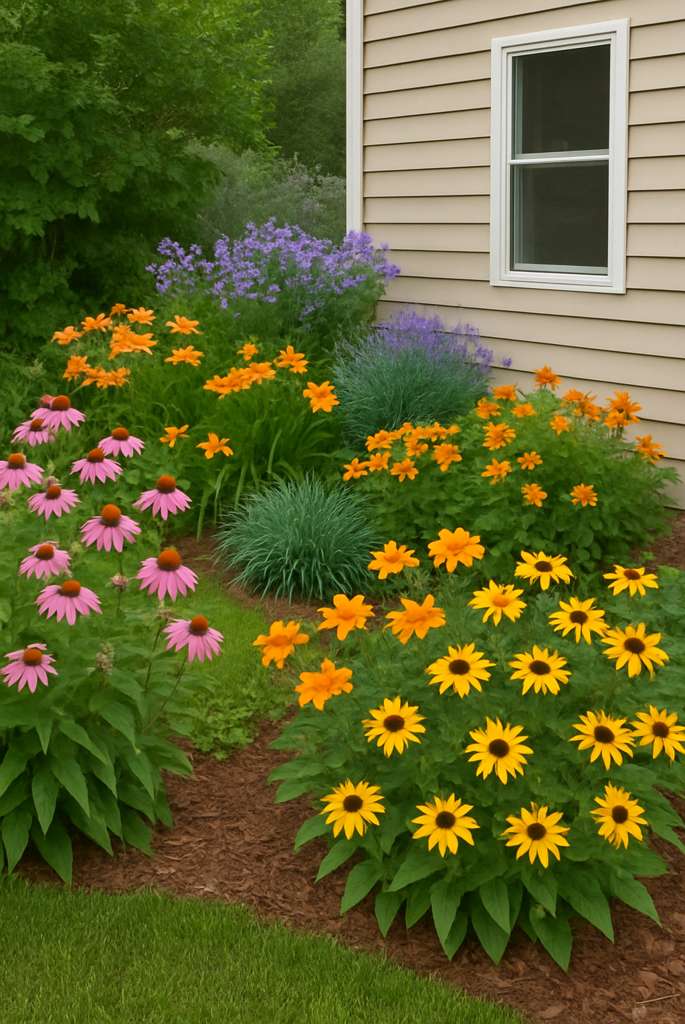
13. Ignoring Indoor-Outdoor Connectivity
One subtler but impactful landscape design mistake is forgetting the view inside your home.
Avoid it:
Design focal points and garden beds that look great from your windows. Frame views from kitchens, living rooms, or bedrooms to make your outdoor space feel like a seamless extension of your home.

14. Disregarding Sun and Shade Patterns
Placing shade-loving plants in full sun or creating a lounge area that never gets sunlight can diminish comfort and kill plants.
Avoid it:
Observe your yard throughout the day and across seasons to understand how sunlight moves. Plan seating, structures, and plantings accordingly to maximize comfort and growth.

15. Not Hiring or Consulting a Professional
DIY projects can save money, but landscaping mistakes can cost more in the long run if you’re not experienced.
Avoid it:
Even a one-time consultation with a landscape designer can provide invaluable insights. Professionals help you avoid hidden pitfalls, maximize your budget, and achieve a polished, functional design.

FAQs
1. What are the most common landscape design mistakes?
Skipping a plan, ignoring soil health, and choosing plants unsuitable for your climate are among the top mistakes homeowners make.
2. How do I plan a cohesive landscape?
Start with a design theme and stick to 2–3 materials. Repeat colors, shapes, and plant types to unify the space.
3. What’s the best low-maintenance landscaping approach?
Use native plants and mulch generously, and limit lawn space. Smart irrigation and grouped plantings reduce upkeep.
4. Can I redesign my landscape in phases?
Yes. With a master plan, you can execute your landscape in manageable phases without losing cohesion.
5. Is hiring a landscape designer worth it?
Absolutely. A designer helps avoid costly missteps and ensures your space is functional and visually balanced.
Final Thoughts: Design Smarter, Not Harder
Your outdoor space should be an extension of your home, functional, beautiful, and enjoyable all year round. However, without a solid plan and a thoughtful approach, even the best intentions can lead to common landscape design mistakes that are difficult and expensive to fix later.
By avoiding the pitfalls listed above and taking a strategic, sustainable approach, you can create a stunning yard that fits your lifestyle, climate, and long-term goals.


